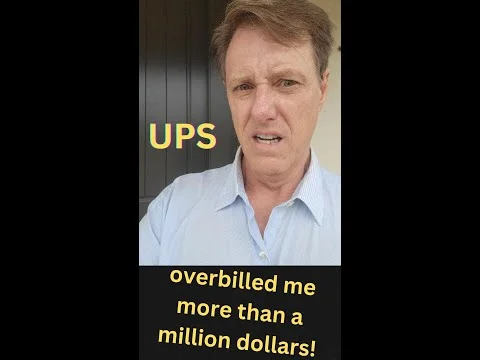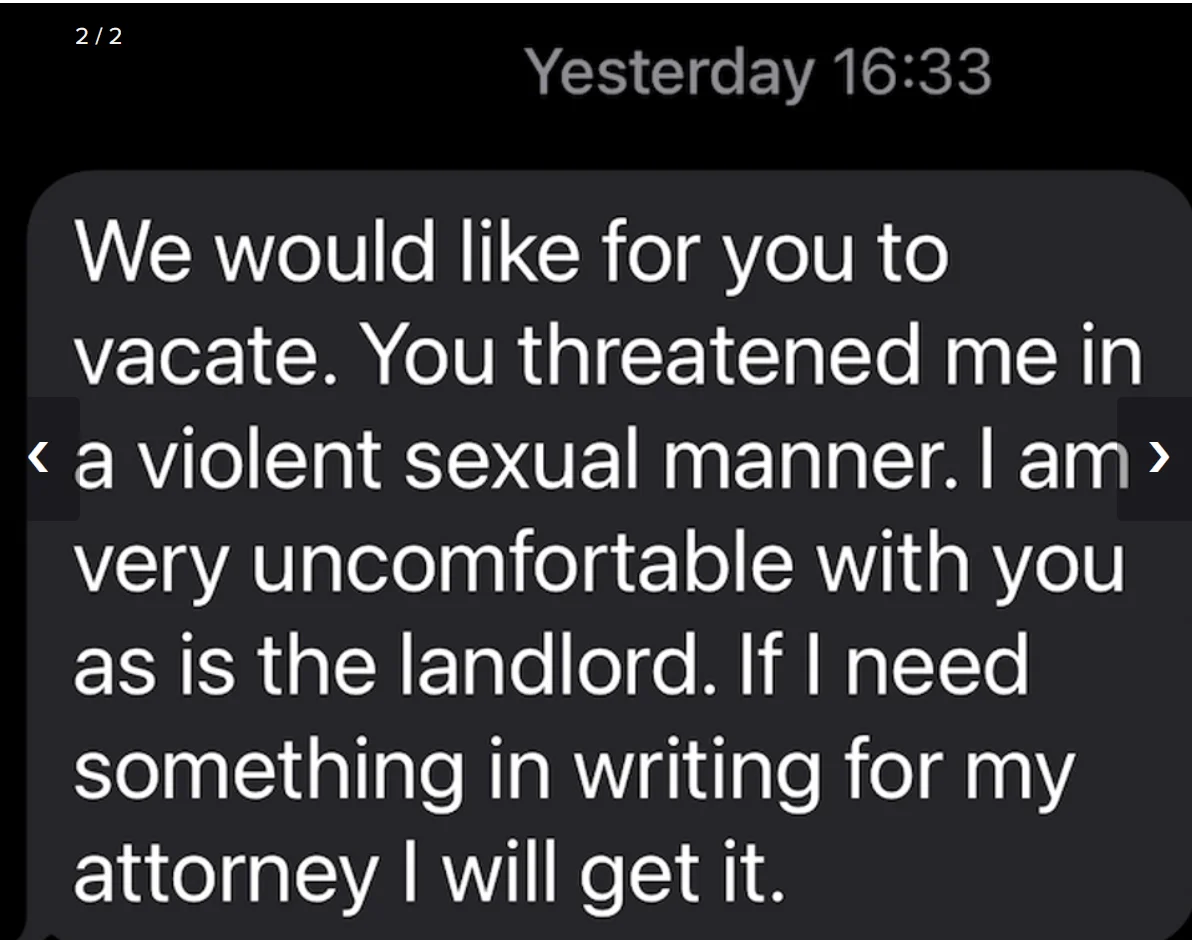- Report: #513571
Complaint Review: Wells Fargo Bank - Los Angeles California
Wells Fargo Bank COLD HARD FACTS ABOUT WELLS FARGO BANK CRIMINAL ACTIVITY - EXECUTIVE & SHAREHOLDER PROFITS ARE FIRST, CUSTOMERS MEAN NOTHING! Los Angeles California
Federal taxpayer bailout received: $36.9 billion Profits for the years 1998-2008*: $95.8 billion Profits for the first half of 2009: $6.22 billion Change in bank account fees (2003-08): +35.1% Bank fees for first half of 2009: $2.84 billion Credit card income for first half of 2009: $1.78 billion Percent of first half 2009 profit from fees & credit cards: 74% Median Wells Fargo bank teller wage: $10.28/hour or $21,392 annually 2007-08 Chairman Richard Kovacevich pay: $26.6 million (622 times median teller wage) 2008 bonus pool: $978 million First half 2009 bonus and compensation pool: $13.2 billion Cash bonuses (top 5 execs) last 10 years: $254.9 million Effective tax rate in 2008: 18.5% Offshore subsidiaries in tax havens**: 77 Lobbying fees in 9 months after bailout: $2.5 million Campaign contributions in 2008 federal elections: $4.7 million Role in subprime crisis: 1. Wells was a significant player in the subprime crisis. In 2006, the last year before the subprime bubble started to burst, Wells originated or co-issued $74.2 billion worth of subprime loans, making it one of the top subprime lenders in the country. 2. As recently as September 2008, Wells still held $48 billion worth of subprime mortgages in its servicing portfolio, making it the nations sixth largest subprime servicer. Bailing out the Bank: 1. Wells Fargo put taxpayers on the hook for up to $36.9 billion in bailout funds and programs plus an unknown amount from the Federal Reserves $8 trillion in emergency programs. This money was supposed to help the banks get the economy going again. But little of this money has gone to relieve struggling homeowners and increase the flow of credit to small businesses. 2. Despite its large portfolio of at risk mortgages, Wells Fargo has started trial mortgage modifications for only 11% of its 292,515 borrowers who are eligible for the Obama Administrations Making Home Affordable Program (and are at least 60 days past due). At Wachovia, which Wells Fargo acquired in 2008, the number is even lower, 2% of 74,231 eligible borrowers. 3. Wells Fargo lending to American small business fell by $233 million (a 23.9% drop) through the SBAs flagship 7a program, from 2008 to 2009 (measuring each only for the first 11 months of each fiscal year). * Includes profits for Wells Fargo for the last ten years ($57.1 billion) and Wachovia for the last nine years ($38.7 billion). Does not include bonuses at Wachovia that was taken over by Wells Fargo. Before Wachovia merger Includes bonuses at Wells Fargo for the last ten years ($156.8 million) and Wachovia for the last nine years ($98.1 million). ** Includes 18 Wells Fargo subsidiaries and 59 Wachovia subsidiaries. Includes campaign contributions made by both Wells Fargo and by Wachovia during the 2008 federal election cycle. In both cases, the contributions include those made by the banks political action committee and those made by their employees. Data obtained from Open Secrets Lavish spending: 1. Amidst popular outcry, Wells was forced to cancel a Las Vegas junket in February that included 12 nights at the Wynn and Encore Las Vegas (two of the most expensive hotel/casinos on the Strip) for its top mortgage officers. 2. In response, the bank took out full page ads in the New York Times, Washington Post, USA Today, and Wall Street Journal defending its right to hold such events. Full page ads in these papers can range from $180,000 to $230,000. A company spokeswoman defended the ads, saying we felt this was a way we could publicly acknowledge [Wells employees] accomplishments. 3. Wells Fargo is paying $40 million for naming rights to the Wachovia Center in Philadelphia, the home of the Philadelphia 76ers and the Philadelphia Flyers. Wells Fargo also has its name on the Wells Fargo Arena in Des Moines and Arizona State Universitys Wells Fargo Arena in Tempe. 4. According to residents of an upscale Malibu neighborhood, a Wells Fargo executive took over a $12-million, beachfront home that the bank had recently foreclosed on, using it as a weekend residence and for extravagant parties. Back to Bonuses as Usual: 1. Wells Chairman Richard Kovacevich was reluctant to partake in Paulsons program to take equity stakes in banks, which nominally placed limits on executive compensation. 2. Unlike his colleagues at the other leading banks, Wells Fargos John Stumpf was the only CEO of a leading bank who had not voluntarily agreed to forego his 2008 bonus before the February 11th, TARP CEO Congressional hearing. His compensation for 2008 was valued at $13.8 million. 3. In 2008, Wells Fargo earned only $2.7 billion in income; and yet it awarded its employees $977.5 million in bonuses, and spent almost $13 billion on total compensation. 4. In August 2009, Wells Fargos board authorized increases in annual base salaries for Stumpf and three other senior executives, a practice already implemented by its peers to get around limits on bonuses for TARP recipients. 5. Wells Fargo and Wachovia have made themselves the beneficiaries on $17.8 billion in life insurance policies for its employees and former employees. The bank gets annual tax-free income from investments in the insurance contracts, helping to offset executive compensation expenses, and then receives another tax-free windfall when employees and former employees die Unreasonable bank fees: 1. When often unknowing customers made charges or withdrawals that overdrew an account Wells Fargo charged them up to $35 per transaction. As a result, if a customer incurs a $100 overdraft that remains unpaid for seven days, the APR on what amounts to a consumer loan would be a staggering 1,820%. Also Wells reorders transactions in such a way to maximize fee revenue. Now, even as its competitors are overhauling their overdraft policies in advance of regulatory reform, Wells refuses to follow suit. With federal legislation to curb overdraft fees imminent, Wells Fargo recently announced that it will not charge customers who exceed their funds by $5 or less, but anything above is still subject to existing terms. 2. Wachovia, which is now owned by Wells Fargo, is already facing overdraft fee litigation by irate customers in federal courts in Atlanta, Miami, Camden, N.J., and in the northern district of California -- all of which are seeking class action status. Combines lending by Wells Fargo and Wachovia. Before Wachovia merger Reverse redlining: 1. A recent report by the Center for American Progress (CAP) examining bank lending practices in 2006 (the height of the housing boom) reveals that Wells Fargo was much more likely to steer Black and Latino applicants than White applicants into higher priced subprime mortgages: 47.3% of Black borrowers and 26.0% of Latino borrowers compared to 16.7% of White borrowers. 2. The CAP report also shows the racial disparity was even greater for high-income borrowers: 26.2% of Black high-income borrowers and 16.3% of Latino high-income borrowers compared to 6.4% of White borrowers. The extent of the disparity and its continuation among higher income earners raise questions about discrimination in the banks lending practices. This practice is known as reverse redlining and is prohibited under the federal Fair Housing Act. 3. The NAACP brought a lawsuit against Wells Fargo and HSBC in March 2009, alleging systemic, institutionalized racism in their subprime lending. According to the lawsuit, the banks gave subprime rates to African-American borrowers even though they qualified for better rates, and they gave better rates to white borrowers with similar credit histories. Wells denies these allegations. 4. In January 2008, the City of Baltimore filed a lawsuit against Wells Fargo, alleging that the bank targeted black neighborhoods for high-risk and unfairly priced loans, according to the Associated Press, leading to a concentration of Wells Fargo foreclosures in predominantly African-American communities. In the spring of 2009, two former Wells Fargo employees submitted affidavits detailing the operations and incentives in the practice, which employees referred to as ghetto loans. 5. In July 2009, the Illinois Attorney General filed another lawsuit accusing Wells Fargo of discriminatory and deceptive mortgage lending practices. The lawsuit alleges not only that race was a criteria for loan type, but also that Wells Fargo misrepresented the terms of the loans and refinancing. 6. In Los Angeles, a Superior Court judge recently certified a class action lawsuit alleging that the Wells Fargo area manager denied minority applicants access to a special loan discount program, costing them up to $10,000 in lost savings per loan. Predatory lending: 1. Wells Fargo is a major funder of the payday loan industry that preys on cash strapped working families by providing short term loans with annual interest rates typically around 400%. Wells Fargo provides credit to six of the seven largest publicly traded payday lenders; this credit is indispensable for the payday lenders operations. 2. Wells Fargo also functions as a payday lender itself, despite the fact that regulatory agencies have ruled against various forms of bank involvement in the industry on several occasions. Since 1994, Wells Fargo has offered direct deposit cash advances that now have annualized interest rates of 120%. 3. Wells Fargo also helps to fund the merchant cash advance industry. Merchant cash advances are a high cost form of financing to small businesses that is increasingly filling the credit void at a time when banks have dramatically reduced their lending to small businesses. Lobbying against workers and consumer interests: 1. Wells Fargo CEO John Stumpf sits on the board of directors and executive committee of the Financial Services Roundtable, which lobbied against the Employee Free Choice Act in every quarter of 2008 and has made joining with the U.S. Chamber of Commerce to defeat it a top priority for 2009. The measure would make it easier for workers to bargain with employers for better wages, benefits, and working conditions by ensuring that they can exercise a free choice to join together in a union without management interference or intimidation. 2. According to data obtained on Open Secrets, during 2008 and the first half of 2009, together Wells Fargo and Wachovia spent $5.6 million on lobbying, of which $2.5 million was spent during the three quarters since the bailout. 3. Over the past two years the bank focused its lobbying on consumer issues like the mortgage reform, foreclosure prevention, and anti-predatory lending (H.R. 3915, H.R.787, H.R. 3609, S. 2636), as well as consumer overdraft and credit card protections (H.R. 946, H.R. 5546, H.R. 1456, H.R.627, H.R.991, H.R.172. SOURCE = www.showdowninchicago.org
3 Updates & Rebuttals
Karl
highlands ranch,Colorado,
U.S.A.
Anyone can 'Google' this- THE TOP TEN HIGHEST PAID CEOS ARE, and go to the....
#2Consumer Comment
Sat, October 31, 2009
CNNMoney.com article and read where the Blackstone Group's CEO made $702,440,573.00 in 2008, right? That's a little over $2.7 MILLION per day, based on a typical 5 day work-week, right? That means he made $1.35 MILLION by lunchtime each work-day in 2008. There are 260 work-days in a year, correct? $702 MILLION divided by 260 days = $2.7 MILLION per day.
Karl
highlands ranch,Colorado,
U.S.A.
JUST THINK, THE CHAIRMAN OF BLACKSTONE GROUP MADE MORE IN 10 DAYS THAN THE CHAIRMAN OF WELLS FARGO MADE ALL YEAR, CORRECT? THE CHAIRMAN OF....
#3Consumer Comment
Fri, October 30, 2009
Blackstone Group made $702,440,573.00 according to a report at CNNMoney.com
Ronny g
North hollywood,California,
USA
It's a shame..
#4Consumer Comment
Thu, October 29, 2009
..that the fed does not charge the banks an overdraft fee for spending money they didn't have.
Anyhow..good info. You failed to mention that as part of the changes Wells Fargo is implementing..is they will allow customers to opt out of overdraft protection. A day late and 38 billion dollars short...but it's something.
The re-sequencing will be next...or it will come to legislation. That tactic is not necessary for debit card users and the only result from that policy is for the bank to collect overdraft fees for transactions that actually had the funds available..
Amazing..all the money to bail them out..and they were doing this to their customers and millions and millions in bonuses. If they had an ounce of compassion for what people are going through during this recession they would ease up a bit more..but we can clearly see they simply ONLY care about their salaries and bonuses...regardless of how many peoples lives were destroyed from them.
At least the executive made good use of the foreclosed property..which is not too far from where I live. The owners were fleeced from the Madoff Ponzie scheme...they lost everything...but the bank was okay with it...made a great weekend getaway party house. Some neighbors noticed what was going on..called in the license plate of the Wells Fargo executives car...and busted !
























